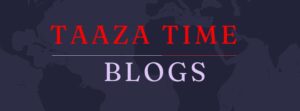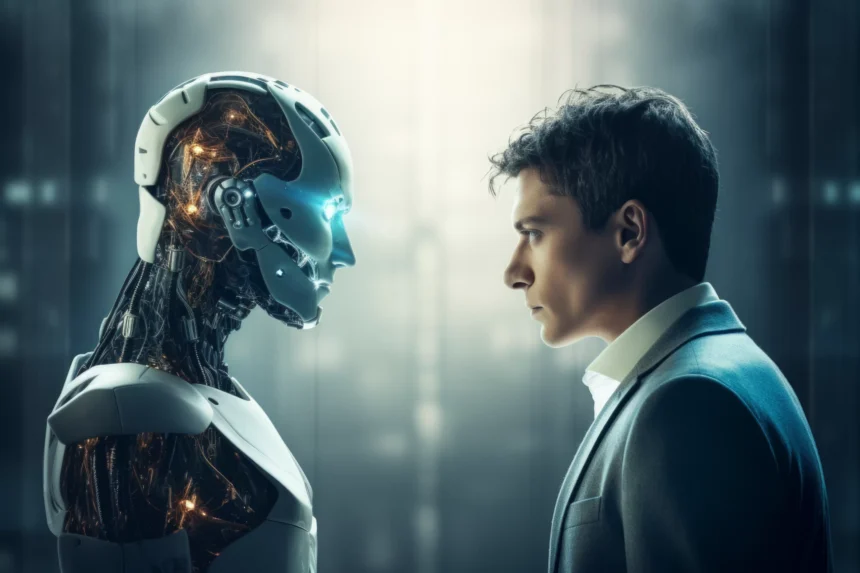Introduction
The fusion of artificial intelligence (AI) and human creativity is transforming how we generate ideas, design products, and tell stories. In today’s digital age, AI is not replacing creatives—it’s amplifying their abilities. From writing and music to design and filmmaking, AI-human collaboration is becoming the driving force behind the future of creativity.
In this blog, we explore how this collaboration works, why it matters, and where it’s headed.
What is AI-Human Collaboration in Creativity?
AI-human collaboration refers to the interaction between intelligent machines and people to co-create content, solve problems, or develop innovative solutions. In creative fields, AI tools assist in ideation, automation, and refinement—freeing humans to focus on emotional depth, context, and meaning.
Key Examples:
- Writers use AI like ChatGPT for brainstorming or content outlines.
- Designers generate art variations using tools like DALL·E or Adobe Firefly.
- Musicians collaborate with AI to compose background scores or suggest harmonies.
- Filmmakers use AI for visual effects, script generation, or voice cloning.
Benefits of AI-Human Collaboration in Creative Industries
1. Enhanced Productivity
AI accelerates repetitive tasks like editing, formatting, and data organization, allowing creatives to focus on ideation and execution.
2. Data-Driven Insights
AI can analyze trends, user preferences, and performance metrics, helping creators tailor their work to audience expectations.
3. New Forms of Expression
With tools like generative AI, artists and designers can explore styles, formats, and mediums that were previously inaccessible.
4. Inclusivity and Accessibility
AI can translate content, generate alt text, and even help people with disabilities create art, making creativity more inclusive.
Challenges and Ethical Considerations
While the AI-human partnership opens up new possibilities, it also raises important questions:
- Authenticity: Can AI-generated content be truly “creative”?
- Copyright and Ownership: Who owns the rights to content co-created with AI?
- Bias in AI: AI tools can replicate societal biases if not properly trained or monitored.
- Job Displacement: While AI creates new roles, it may also automate traditional creative jobs.
Real-World Applications of AI in Creative Fields
Content Creation
Bloggers and marketers use AI writing assistants for SEO optimization, idea generation, and faster publishing.
Visual Design
AI tools help graphic designers create variations, enhance images, and design logos in seconds.
Film and Media
Studios use AI for video editing, dubbing, and CGI enhancements—speeding up production cycles.
Music and Sound
Musicians collaborate with AI to generate beats, experiment with genres, or master tracks automatically.
The Future of Creativity: A Human-AI Co-Evolution
AI will not replace human creativity—but it will reshape it. The future lies in co-creation, where humans provide emotional depth, storytelling, and cultural context, and AI offers speed, scale, and data-driven intelligence.
As we continue this journey, the most successful creatives will be those who can master both technology and storytelling—leveraging AI as a partner, not a threat.
Final Thoughts
The future of creativity is not about AI vs. humans. It’s about AI + humans. By combining machine intelligence with human intuition, we’re entering a golden era of innovation and artistic expression.

